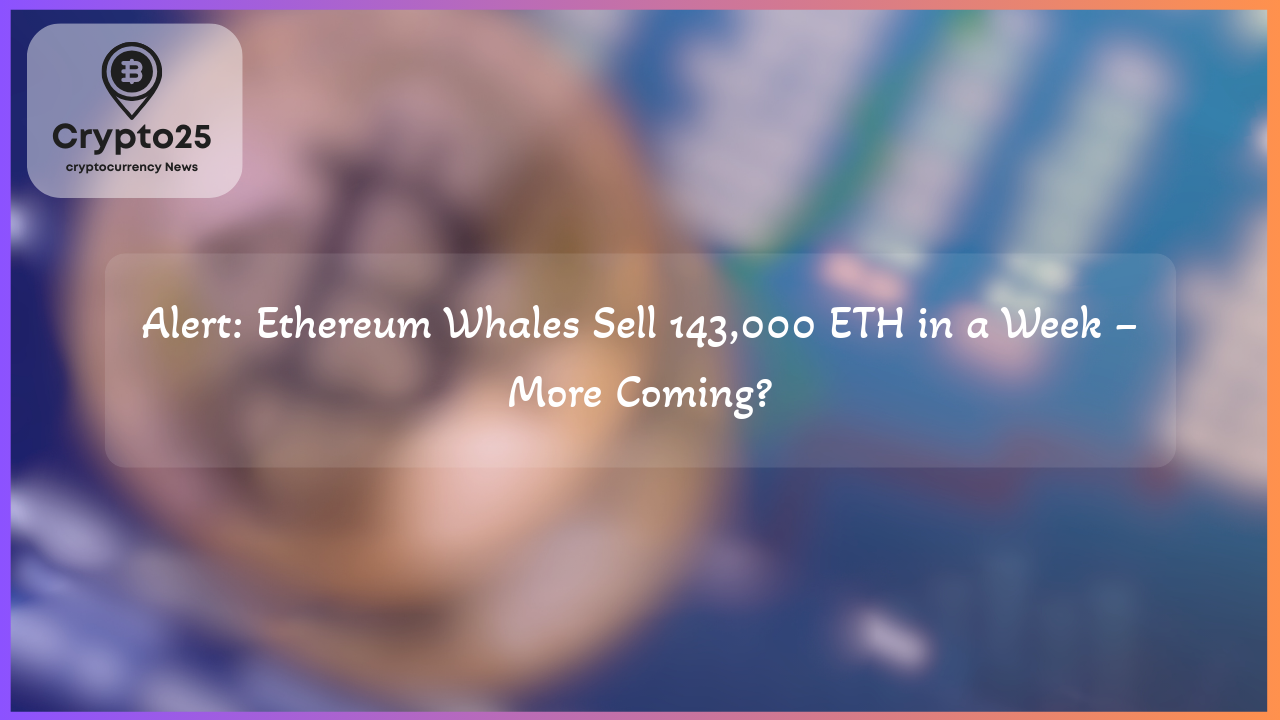
Ethereum’s market dynamics have sparked significant discussion as it oscillates around the $1,600 mark. Despite attempts to climb higher, bearish dominance persists, overshadowing bullish efforts. With macroeconomic uncertainties and whale movements adding pressure, Ethereum’s short-term future hinges on critical support levels. Traders and investors are carefully monitoring the cryptocurrency for pivotal changes that could shape its trajectory in the coming weeks.
Ethereum Faces Persistent Selling Pressure Amid Bear Market
Ethereum has faced relentless selling pressure, maintaining a bearish structure despite periodic attempts at recovery. Recent developments suggest that ETH is struggling to find a stable demand zone as broader market sentiment remains notably weak. Analysts point to multiple failed attempts to reclaim higher price levels, leaving Ethereum’s future performance heavily reliant on overcoming resistance thresholds.
At the same time, broader macroeconomic instability continues to dampen risk-on appetite. The ongoing economic tensions between the United States and China have exacerbated global market uncertainty, making investors cautious across all asset classes. This external economic friction has spilled over into the crypto market, increasing volatility for key digital assets like Ethereum. Without a resolution to these global disputes, the crypto market may struggle to attain the bullish momentum needed for a sustained recovery.
On-chain data underscores the current headwinds facing Ethereum. Over the past week, whales, or large-scale investors, have sold off an estimated 143,000 ETH, according to insights from CryptoQuant. This strategic unloading of significant holdings has amplified bearish sentiment and eroded confidence among retail participants. Large wallets reducing exposure suggests that further downside risks are possible unless demand from buyers increases.
Ethereum Price Battles Key Levels in Volatile Environment
Ethereum’s price action reflects heightened volatility, with the cryptocurrency trading near $1,600 after multiple failed attempts to reclaim higher ground. This critical level represents a battleground for bulls and bears as each side struggles to assert dominance. For Ethereum to reverse its current downtrend, it must reclaim fundamental technical levels of resistance, particularly the $1,850 zone.
This resistance level aligns with the 200-day moving average and exponential moving average on the four-hour chart, marking a key threshold for bullish confirmation. If ETH can close above this zone, it would signal renewed momentum and provide a foundation for potential recovery. Conversely, continued weakness below these metrics would likely lead to a retest of support at $1,500 or even lower levels, further extending Ethereum’s bearish trend.
Broader structural issues also persist. Seminal global events, including central bank policy shifts and geopolitical conflicts, have created a macroeconomic environment laden with uncertainty. With crypto markets being particularly sensitive to such turbulence, it remains essential for Ethereum to disentangle itself from these external pressures. Restoring confidence will require not only technical strength but also an improvement in global financial sentiment.
| Key Metrics | Details |
|---|---|
| Market Cap | $1.2 Trillion |
| Current ETH Price | $1,600 |
| Resistance to Break | $1,850 |
| Support Levels Monitored | $1,500 |
Strategic Outlook: Can ETH Overcome Bearish Pressures?
At present, Ethereum continues to grapple with formidable resistance and waning market confidence. The challenge lies in breaking free from its current bearish constraints and generating sustainable buying interest. Any shift in the price trajectory will depend on Ethereum’s ability to hold above key support levels while reclaiming vital resistance zones.
Uncertainty surrounding global affairs remains a dominant influence on ETH’s price action. Factors such as U.S.-China trade negotiations and central bank monetary policy decisions are shaping sentiment across financial landscapes. Until these external concerns stabilize, risk assets like Ethereum are unlikely to experience prolonged recoveries.
Nevertheless, analysts argue that some hope remains. Ethereum has historically demonstrated resilience in the face of adversity, often rebounding when technical conditions align with increasing demand. If bulls can regain control and the market environment improves, Ethereum’s price could move toward the critical $2,000 level in the medium term. This aspirational target remains contingent, however, on an easing of macroeconomic tensions and a resurgence of positive investor sentiment.
In conclusion, Ethereum’s present challenges require a combination of technical resolve and macroeconomic stabilization for meaningful recovery. For now, traders should tread cautiously, keeping a close eye on key levels as uncertainties persist. A decisive move above $1,850 would mark an encouraging sign, whereas failure to pivot from bearish territory could lead to further declines. Ethereum’s journey ahead will undoubtedly command the attention of the crypto community as it navigates this uncertain phase.
